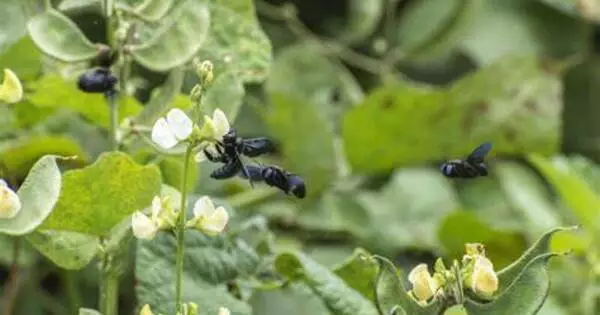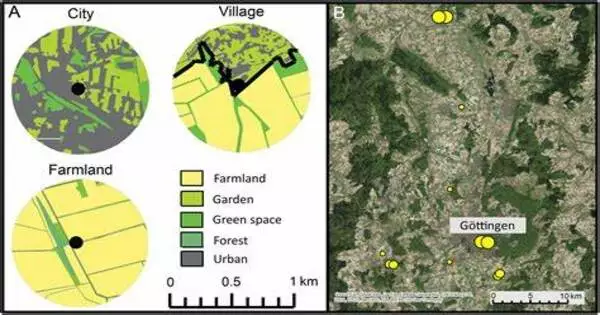Global urbanization is posing a growing danger to biodiversity. At the same time, flowering plants in cities are frequently more diversified than in the countryside. This is owing to the increased cultivation of blooming plants and agricultural crops in cities.
According to a recent study, the relationships between plants and pollinators, which are critical to agricultural productivity, are unexpectedly dynamic. The plant and bee species engaged in pollination, for example, change substantially between seasons. An international research team lead by the University of Göttingen demonstrated this.
The researchers looked at vegetable fields in Bengaluru, a southern Indian metropolis that is a textbook example of a quickly rising tropics city. As a study of urban and rural agriculture regions reveals, urbanization accentuates seasonal differences in plant-pollinator networks. The findings have been published in the journal Ecology Letters.
Our study provides new insights into the role of urbanization in the dynamics of networks involving plants and pollinators in the tropics, which have been little studied. This is particularly important as current and future urban expansions are largely occurring in tropical regions, where they are subject to different ecological, climate and social factors than in temperate zones.
Dr Gabriel Marcacci
The researchers studied 36 vegetable-producing farms in Bengaluru every month for a year in order to uncover factors on pollinator-plant interactions. They covered the seasons that are typical of the local climate in this way: the mild-dry winter, the hot-dry summer, and the wet monsoon. The fields were located along two routes that connected the city center to the outlying settlements.
The researchers documented the bee species present at each site, the plant species visited by bees, and the frequency with which these interactions occurred. They identified plant-pollinator networks for each site and season based on the data. They investigated which factors explain differences in interactions, such as the time of year, distance from the city center, or the degree of urbanization, as measured by the amount of “sealed surfaces” such as roads, buildings, or pavements.

“Our study provides new insights into the role of urbanization in the dynamics of networks involving plants and pollinators in the tropics, which have been little studied. This is particularly important as current and future urban expansions are largely occurring in tropical regions, where they are subject to different ecological, climate and social factors than in temperate zones,” explains first author Dr Gabriel Marcacci, former PhD student in the Functional Agrobiodiversity research group at the University of Göttingen and now a postdoc at the Swiss Ornithological Institute and the University of Neuchâtel.
“Our findings point to significant changes in plant-pollinator networks over the course of the year, as well as the little-appreciated importance of seasonality for plant-pollinator interactions, particularly in rapidly growing tropical megacities,” co-authors Professors Catrin Westphal and Teja Tscharntke from the University of Göttingen and Ingo Grass from the University of Hohenheim emphasize.
The study was conducted as part of an interdisciplinary DFG research group in India that studies changes in socio-ecological systems at the interface of urban and rural environments.















